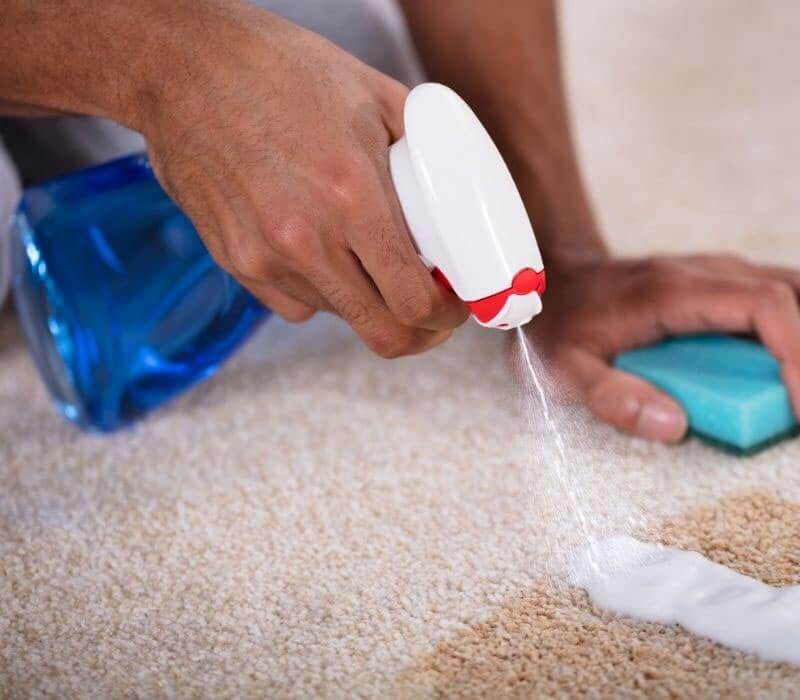How To Get Your Home Ready For Winter
If you were wondering about 12 steps to prepare your house for winter, this post will tell you everything you need to know. Preparing your house for winter is an important process that will save you time and money! Properly maintaining your home will help lower your utility bills, prevent costly damages, and protect those living in the home. Visit official site Cleaning World, Inc. to avail these services.
September and early fall is the perfect time to go through each of these steps. Most of these things you can do yourself, however the items where a technician is needed will be much easier and quicker to have done in the fall before they are overloaded with work.
When the first winter storm arrives, you will have the peace of mind knowing that your home is protected and ready for the winter weather. These steps are listed in no particular order. I suggest starting with making all of the necessary appointments for the things you will be hiring technicians to complete. Then, make room in your schedule to complete the remaining steps over the course of the fall.

12 Steps For Preparing Your House For The Winter Season
STEP 1: Inspect The Roof
Climb up on the roof and blow or sweep off any debris such as pine needles, leaves, or twigs. Examine it for any missing shingles or damage. Inspect components on top of the roof such as vents and satellite dishes to make sure none are damaged. Seal around anything that is tied into the roof such as vents, chimneys, satellite dishes, etc. If any shingles are loose, damaged, or missing, contact a roofing company to send out a technician for repairs. Doing this step will prevent costly damages from a leaking roof.
Now is also a good time to clean out your gutters. You want the melting snow and rain to be able to flow freely through your gutters to prevent water from backing up onto the roof or causing ice to build up. Standing water on the roof and siding can cause damages and leaks.
Pro Tip: Dive into the article Move in/Move out Cleaning services for valuable insights and information!
STEP 2: Seal All Cracks and Crevices
Apply outdoor silicone caulk to all the gaps around the windows and doors on the exterior of your home. Check the weather stripping on all exterior doors. Make sure you can’t see daylight coming in. If you can, replace those parts. This will reduce the amount of cold air being blown into your home and will prevent heat from escaping.
STEP 3: Tune Up the Heating System
Regardless of which heating system you have, a tune up by a certified technician is an important step to take in the fall before the cold weather arrives. A technician will check that your system is running properly, clean the system, and perform all necessary maintenance to insure your unit is ready for winter. Making sure your heating system is running efficiently will reduce those monthly utility bills.
STEP 4: Reverse Your Ceiling Fans
Most ceiling fans have a switch on them that will allow you to reverse the direction the blades spin. Making the fan spin clockwise will push the hot air near the ceiling down. This will help your heating system keep your home warm and lower the amount of time it has to run saving you more money.
Also- be sure to dust off the tops of your ceiling fans. This should be part of your annual heavy duty house cleaning routine!
STEP 5: Schedule a Chimney Sweep
It is very important to have your chimney inspected and cleaned before using your fireplace. This will prevent chimney fires and carbon monoxide from backing up in your home. This is an inexpensive preventative step that is extremely important not only to prevent damages but to also protect the people inside your home. This is definitely not a step to skip if you have a fireplace.
STEP 6: Test Alarms
While you are thinking about fires, it is the perfect time to test all of your smoke and carbon monoxide alarms. Ideally, your home should have one that can monitor for smoke, fire, and carbon monoxide in every room of the house. Test all of them by pressing the test button.
Change the batteries where needed. Purchase and install more alarms for any areas that do not already have them. Set a monthly reminder in your phone to remind you to check these alarms every month.
STEP 7: Drain All Outdoor Faucets and Hoses
Remove garden hoses from faucets and make sure all the water has drained out of them. Store them for the season. Use the shut-off valve inside your home to turn the water off to the exterior faucets. Open them up outside to insure all water has drained out.
If you have outdoor faucets that are connected to your home in a way that prevents them from having the water shut off through the winter, wrap all exposed piping with proper pipe insulation. This will prevent them from bursting during the first freeze.
STEP 8: Have Your Sprinklers Drained
Call a lawn irrigation company to send out a technician to properly drain and blow out all of your sprinkler lines. This will cost you a little money to have done, but it will be far cheaper than having to replace pipes that have burst.
STEP 9: Prepare for Snow Removal
Get out your snow blower and make sure it is in working order. Make any necessary repairs. If you are not using a blower, make sure you have shovels or other equipment to remove snow from your walkways and driveways. Stock up on salt and store any lawn equipment not needed in winter.
STEP 10: Check Your Drainage
Make sure that your yard has proper drainage going away from your home. Walk around the perimeter of your house and look for areas that are sloped towards the house or low lying areas where water could collect. Fill in any of these places with dirt insuring that all landscaping slopes down and away from your foundation.
Check that all gutters have downspouts that direct water away from the foundation. You may consider adding extenders to downspouts if water tends to flow back towards your home. This step will help prevent rain and melting snow from flooding your home and will also protect your foundation from movement.
STEP 11: Get Your Home Cleaned
Regular, routine cleaning is a big part of your home maintenance. Hiring professional cleaning services near you is certainly something you should think about.
Having an annual house cleaning for junk removal and clearing away buildup from the summer is a crucial thing to do before the weather gets cold. Find a local commercial cleaning company as Cleaning World, Inc with a great reputation and you should be set!

STEP 12: Focus On Floor Care
The end of summer is the perfect time to focus on floor care. This could mean floor waxing services, carpet cleaning and more.
Some of these services are needed annually, and some not so much. For heavy traffic areas, you will need to hire cleaners more frequently than areas that do not get much foot traffic.
Many office cleaning services offer floor care as well. Check in your location and you are sure to find services that meet all of your floor care needs.
Pro Tip: Delve into the article on Floor Cleaning for valuable insights and tips!
Conclusion
After performing all of these steps in the fall, your home will be ready for winter. These steps will take some time and possibly a little money to do. However, skipping them will definitely end up costing you much more both in time and money.
We hope these 12 steps to prepare your house for winter have helped and wish you all the best.
Take a look at their location below:





